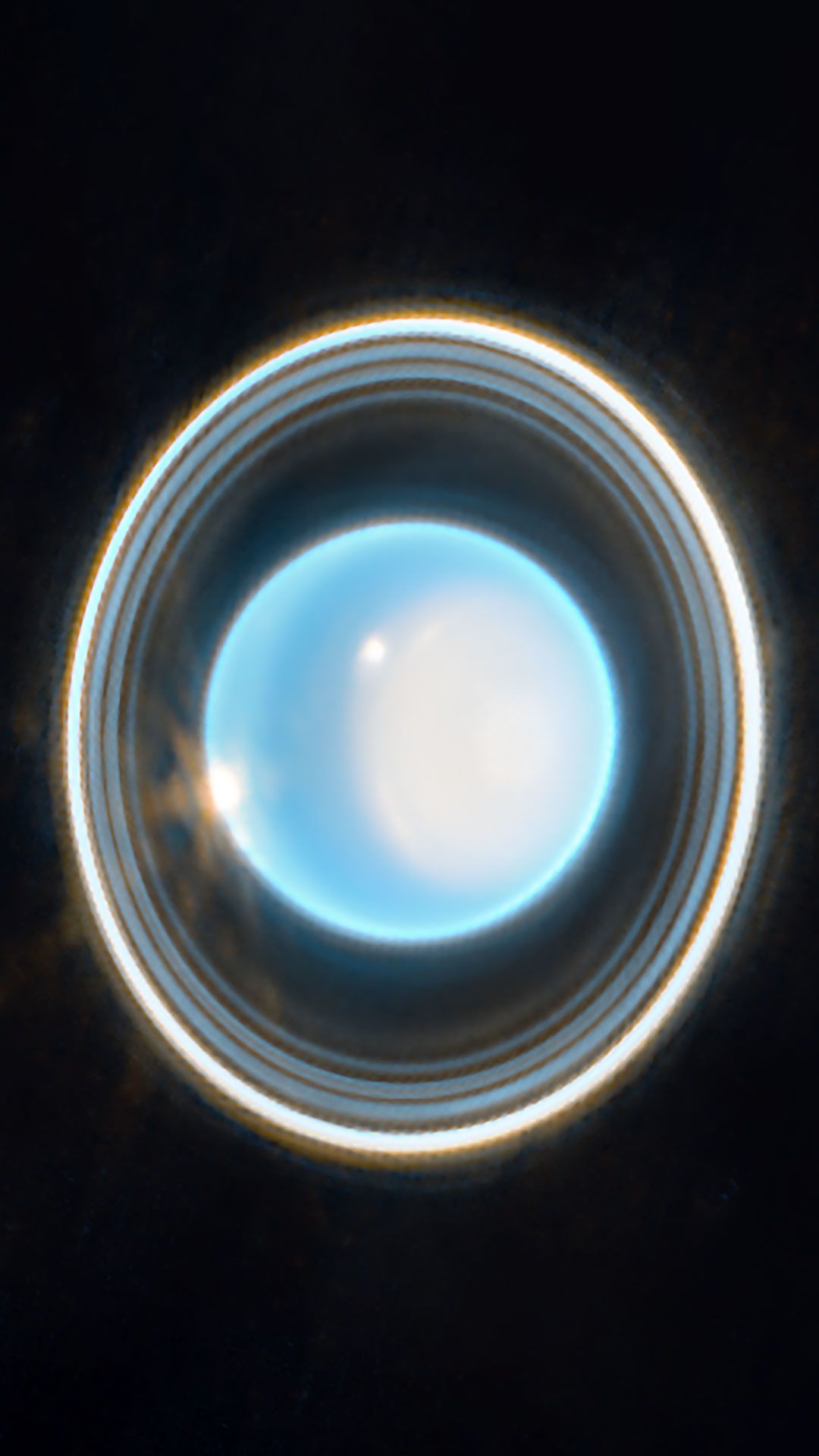The deepest fish ever recorded and more — April’s best science images
The month’s sharpest science shots, selected by Nature’s photo team.

Deep-sea denizen. Underwater footage of a snailfish (Pseudoliparis sp.) has set a new record for the deepest fish ever caught on camera. An unmanned deep-sea vessel filmed the creature swimming at a depth of 8,336 metres in the Izu-Ogasawara trench, southeast of Japan. The expedition was part of a ten-year-long study into the world’s deepest fish populations.
Credit: Simon Proud/National Centre for Earth Observation/RAL space/Japan Meteorological Agency
Credit: Simon Proud/National Centre for Earth Observation/RAL space/Japan Meteorological Agency
Chasing shadows. The Japanese weather satellite Himawari-9 captured this overhead view of the Moon’s shadow moving across Earth during a rare hybrid eclipse on 20 April, a phenomenon in which people at different points in the path of the eclipse see distinct phases. Observers on Australia’s North West Cape experienced a total solar eclipse, whereas those elsewhere saw partial or annular ones, in which the Moon blocks only part of the Sun.
Full throttle. This eye-popping photograph captured the moment that the Terran 1 rocket, made by US company Relativity Space, blasted off from Cape Canaveral in Florida. Terran 1 was designed to be reusable and most of its components were manufactured by 3D printing. Although the first phase of the launch went as expected, the rocket’s engine did not achieve full power and the spacecraft failed to reach orbit. The company will now retire the rocket and shift focus to the craft’s larger successor, the Terran R.

Credit: Relativity/John Kraus
Credit: Relativity/John Kraus

Credit: NASA, ESA, CSA, STScI. Image processing by Joseph DePasquale (STScI)
Credit: NASA, ESA, CSA, STScI. Image processing by Joseph DePasquale (STScI)
Ringed world. This zoomed-in image of Uranus, captured by the James Webb Space Telescope (JWST), offers a stunning view of the planet’s rings. The picture combines data from two filters on the telescope’s Near-Infrared Camera, at 1.4 and 3.0 micrometres — coloured blue and orange, respectively. The bright area on the planet’s right side is known as a polar cap — it appears at the pole facing the sun when the pole enters direct sunlight in that hemisphere's summer season and vanishes in its autumn (Uranus rotates on its side, at roughly a 90-degree angle from the plane of its 84-year-long orbit). Scientists hope that the JWST data will help to shed light on this mysterious brightening phenomenon.
Credit: EPFL LMTS. (This video has no sound)
Credit: EPFL LMTS. (This video has no sound)
High-tech hand warmer. Researchers have developed fibres that can pump fluid without any moving parts or bulky devices. They say that such pumps could be sewn directly into textiles or clothing, offering a new way to power wearable technologies. In the form of a glove — as demonstrated in this video — the pumps can be filled with hot or cold liquid, allowing the wearer to work in extreme environments or feel temperature changes in virtual-reality simulations. The fibres contain electrodes that ionize and accelerate molecules of a non-conductive liquid, generating an overall fluid flow.
Looking sharp. The now-iconic image of the black hole at the centre of the galaxy M87 unveiled in 2019 by the Event Horizon Telescope (EHT) collaboration has been given a makeover using machine learning. It’s now less blurry, owing to a technique called principal-component interferometric modelling (PRIMO) that uses an algorithm trained on black-hole simulations to create an image from the EHT data. The updated picture could help to shape scientists’ understanding of the supermassive structure, but is unlikely to be the last M87 portrait. PRIMO and similar technologies will be honed as researchers learn more about the physics of black holes.
Credit: EHT Collaboration; Medeiros et al. 2023.
Dusty road. A volcanic eruption in Russia’s Kamchatka peninsula on 11 April spewed ash over an area of more than 100,000 square kilometres and left villages coated in a thick layer of dust. The Shiveluch volcano is one of the country’s most active — its last large eruption was in 2007. The latest event triggered an aviation warning, and some residents were ordered to stay indoors.
Credit: Institute of Volcanology and Seismology/Handout via Reuters; Official page of Oleg Bondarenko, Head of the Ust-Kamchatsky municipal district/Handout via Reuters
Credit: University of Alaska Fairbanks Geophysical Institute, (This video has no sound)
Credit: University of Alaska Fairbanks Geophysical Institute, (This video has no sound)
SpaceX spiral. Skywatchers in Alaska hoping to catch a glimpse of the Northern Lights got more than they bargained for when a mysterious, galaxy-like swirl appeared in the sky on 15 April. The spectacle was caused by sunlight reflecting off excess fuel released by a SpaceX rocket that had launched in California a few hours earlier. “When they do that at high altitudes, that fuel turns into ice,” Don Hampton, a space physicist at the University of Alaska Fairbanks, told US news agency Associated Press. “If it happens to be in the sunlight, when you’re in the darkness on the ground, you can see it as a sort of big cloud, and sometimes it’s swirly.”

Fly me to the Moon. NASA has revealed the four astronauts who will make up the crew of its Artemis 2 mission to fly around the Moon: Christina Koch, Victor Glover, Jeremy Hansen and Reid Wiseman (from left to right). The roughly 10-day trip aboard an Orion spacecraft, scheduled for 2024, will take the crew more than 7,000 kilometres past the Moon. It will then loop back and return to Earth. The first mission in the Artemis programme, an unmanned test flight to the Moon and back, was carried out successfully last year.